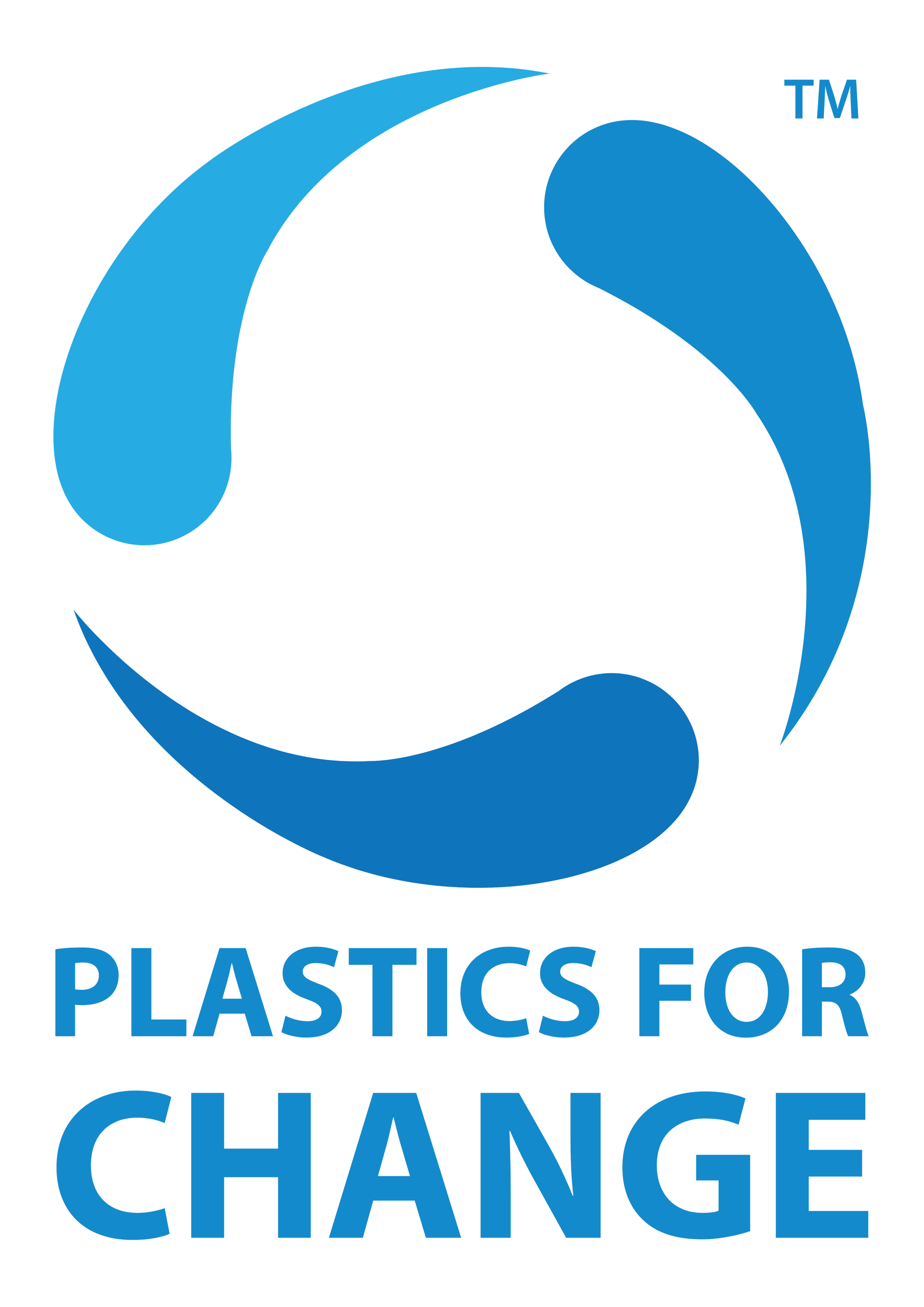Fashion’s Rising Demand for Recycled Polyester Is Redefining Circularity and Inclusion Across Global Supply Chains
(Source Credits: Vogue)
When the fashion industry talks about sustainability, the spotlight often turns to organic cotton, bamboo or new-age plant-based fibres. But behind the scenes, one material is quietly reshaping how the industry thinks about waste and circularity: recycled polyester. Fashion’s growing interest in this fibre reflects a shift toward giving plastic a new life and creating a fairer and more inclusive value chain in the process.
The Shift Behind the Surge
Global demand for recycled polyester is climbing at record speed. Estimates show that the rPET fibre market was valued at around USD 15–17 billion in 2024–25 and is projected to reach USD 30–40 billion by the early 2030s. This growth is being driven by three interconnected forces:
Consumer awareness: Today’s shoppers care deeply about sustainability. They want to know where their clothes come from, what they’re made of, and whether they leave a lighter footprint. The fact that only about 12% of the material used for clothing globally ends up being recycled underscores the dissatisfaction with the status quo.
Brand commitments: A growing number of fashion houses and retailers are pledging to replace virgin polyester with recycled alternatives. For example, the Textile Exchange’s 2025 Recycled Polyester Challenge calls on companies to source between 45 %–100 % of their polyester from recycled sources by 2025. This shows that recycled content is evolving from “nice-to-have” to “must-have”.
Material innovation + feedstock opportunity: Recycled polyester offers a tangible way to reduce dependence on virgin fossil-based resources and divert plastic from landfills and oceans. In markets like Asia Pacific (which already holds nearly half of the global rPET fibre market) this is particularly compelling.
Barriers to Meaningful Progress
Quality Standards: Recycled polyester must match virgin polyester in strength, durability, and color consistency. Any drop in performance risks pushing brands back to virgin materials.
Supply Chain Scale: Consistent, high-quality feedstock and certified infrastructure require investment in collection, sorting, and processing systems.
Social Inclusion: The recycled polyester boom must uplift waste collectors and women workers not exclude them. Ethical sourcing must be built into the system, not added later.
Overproduction: Even sustainable fibres lose impact if production and disposal rates stay the same. True circularity means producing less and reusing more.
Three Action Levers for Real Change
Design for the Full Lifecycle: Build garments that can be easily recycled, fewer blends, simpler construction, and circular design from the start.
Embed Inclusion: Make fair wages, safe conditions, and traceable systems a baseline for all sourcing.
Normalize Recycled Content: Recycled polyester must move from niche collections to mainstream material choices, part of everyday production, not an exception.
What This Means for Plastic Value-Chains
(Source Credits: Plastics For Change)
For Plastics For Change, this surge in demand for recycled polyester presents a meaningful opportunity: to convert plastic waste into value, empower waste-collector communities, and embed environmental + social impact together.
Turning waste into a resource: Plastic bottles that once littered streets and waterways can now become raw materials for high-quality clothing and accessories. This not only reduces pollution but also creates dignified livelihoods for those at the frontlines of plastic recovery.
Scaling traceability and inclusion: Brands are increasingly asking tough questions about where their materials come from and who benefits. This emphasis on transparency aligns closely with our mission of inclusion and fair value for waste-collectors.
Strengthening the circular economy.: Recycled polyester bridges two sectors that rarely meet: waste-management and fashion. When these sectors collaborate, the result is a circular system that keeps plastic in use for longer, and rewards those who protect the environment.
Our two cents:
The fashion industry’s embrace of recycled polyester is a shift in how industries think about materials, people and responsibility. Plastic-recovery, textile production and social inclusion are now a part of the same story of circularity and purpose.
For supply-chains, this means recognising plastic waste as a valuable resource. For brands, it means aligning material-choices with genuine impact, not just marketing. For communities, it means opportunity, dignity and participation in a global movement for change.
At Plastics For Change, we believe in this collective transformation. We believe in transparent supply-chains, inclusive growth and circular materials that generate measurable benefits for both people and the planet.


